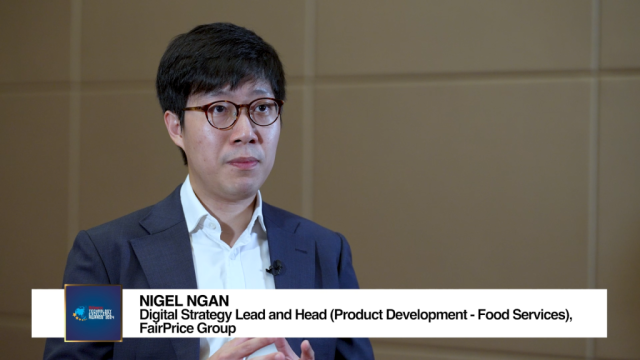
5 bugbears of the last 5 years to resurrect with the 6.9M population target
CIMB predicts workforce to only grow 1% per annum.
The headline population parameter of 6.9m, up from the previous target of 6.5m, raised a wave of concerns from certain portions of the local population.
The concerns are not new; they include the cost of living, asset price inflation, crowdedness and a lack of belonging to the country as a higher proportion of foreigners stay in the country.
But CIMB sees a deeper concern over a slowdown of the population growth rate, a likely lower GDP growth rate, a sustained fast pace of infrastructure investments and an alleviation of tight housing supply (the bugbear of the last five years).
Here's more from from CIMB:
1. Manpower to stay tight. The increase of Singapore citizens peaked in 2009 (+91.2k) when more PRs and foreigners sought to lay down roots here. Under the planned citizen increase, the growth rate will slow to only +20k p.a. Foreigner growth has already slowed from 130k-191k net adds (2007-08) to +37k (2012). The planned 2030 foreigner base of 2.6m implies a simple arithmetic average growth rate of 61k, not far from the 2009-12 range. It does not represent a change from the policies of tighter foreign worker inflows, which means that the current low unemployment rate will stay low and SMEs will still have to cope with lack of manpower and rising labour costs.
2. GDP growth will slow. The journey to a 6.9m population base will only see a workforce growth of 1% p.a. Since GDP is the sum of population growth and productivity gains, target productivity gains (2-3% this decade, 1-2% for 2020-2030) will support 3% GDP only if productivity gains come through. There is a big „if‟ here because historical numbers show that productivity gains have slowed from 3.1% in the 1990s to 1.8% in 2000-10.
If Singapore fails to achieve its target productivity gains, GDP could be even lower than the 3% long-term range. In our opinion, it is not as easy to achieve productivity gains in services as in manufacturing. Also, when productivity gains are achieved, profits tend to filter more towards the providers of capital than the providers of labour, further widening the income divide.
3. Some excess residential supply is planned for. Planned completed housing units of 700k from now till 2013 include a spurt of completion (200k) from now till 2016. Our ongoing concern that rising residential vacancies will depress physical property prices remains valid. Beyond 2016, the remaining 500k planned housing units till 2030 needs an incremental population base of 1.6m to absorb the supply but the 6.9m population target implies an incremental population base of only 1.3m-1.4m in the same period.
4. Support for commercial and suburban retail, less for industrial. The shift in the citizen workforce from 1-in-2 working as PMETs to 2-in-3 working as PMETs will keep up demand for office space. Suburban retail centres will continue to enjoy high footfall as new population hubs are developed. Industrial land will be a key loser. A clampdown on lower value-added activities and tighter industrial land supply could negatively impact industrial landlords.
5. Construction, healthcare and education to benefit. Outside of property, the clearest beneficiaries are construction and healthcare players. Education stocks could play a role as they complement the national education system by helping to provide “many routes to success”. Supermarkets will benefit as a larger population base provides the demand for consumer staples. Losers include companies like auto distributors as the fleet of cars available will be capped in increasingly crowded roads.
























 Advertise
Advertise









